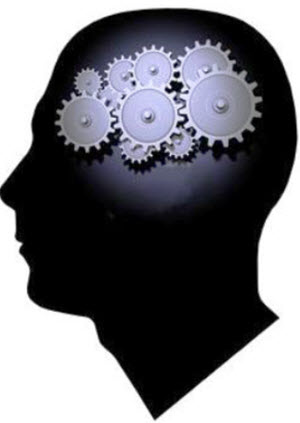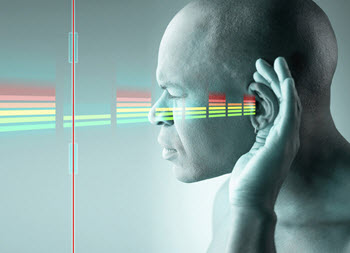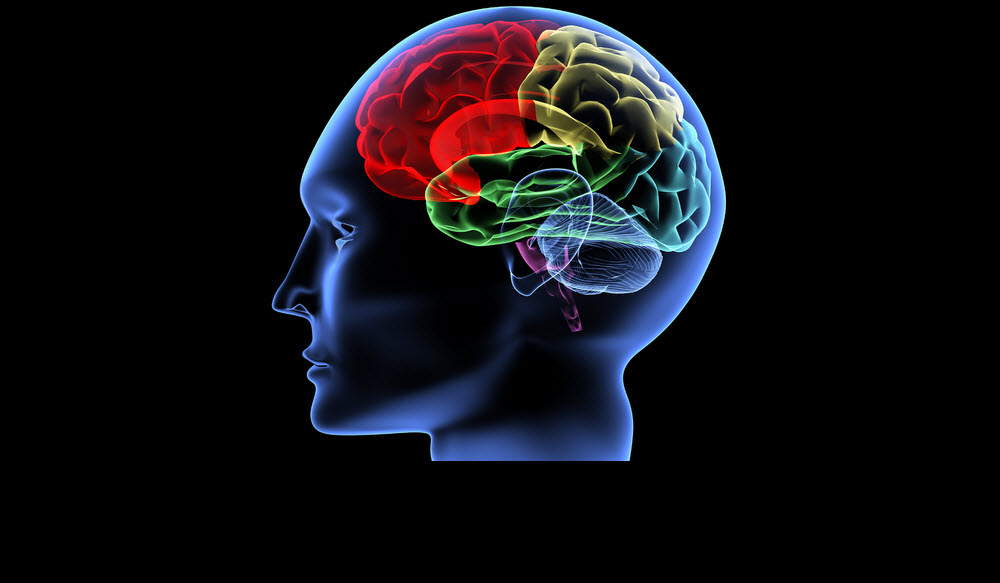 In our brain, individual connections are constantly being removed or recreated, to make us adapt to the tasks at hand. This means that the activity of the neurons that bear the synaptic connections will effect their removal and recreation.
In our brain, individual connections are constantly being removed or recreated, to make us adapt to the tasks at hand. This means that the activity of the neurons that bear the synaptic connections will effect their removal and recreation.
Activity-based neuroplasticy is arises from the use of cognitive functions and personal experience. It is the biological basis for learning and forming new memories. Activity-dependet neuroplasticy arises from intrinsic or endogenous activity, not from extrinsic or exogenous factors.
The human brain has the capacity to remodel itself and this is how we improve function, enhance comprehension, and so on. We are not static and there is so much that we can do to improve. On this page, we will take a look at a few interesting areas that concerns the human brain and its functions.
Our brain’s capacity for adapting toward active functions allows us to specialize in specific processes based on relative use and activity. This neural plasticity is a result of changes in gene expression, triggered by signalling cascades activated by signalling molecules, such as dopamine, glutamate and calcium.

Examples
Vision
Earlier, before we knew much about neuroplasticity, researchers assumed that binocular vision (especially stereopsis) had to be acquired in early childhood. The assumption was that a child that for some reason was unable to practise binocular vision in early childhood would be prevented from developing binocular vision later in life, even if circumstances were changed.
We now know that this is wrong. Individuals with amblyopia, convergence insufficiency and other stereo vision anomalies can experience vast improvements even after early childhood.
If you are interested in learning more about this, I recommend the article Teaching an Old Brain New Tricks published in Review of Optometry in 2009.
 Human echolocation
Human echolocation
Echolocation – also known as bio sonar – is utilized by many animals, including microchiropteran bats, certain shrews, cave dwelling swiftlets, and toothed whales and dolphins.
Interestingly, there are plenty of examples of humans learning to sense their environment from echoes. The ability is chiefly found in people with severe visual impairment. Researchers using magnetic resonance imaging techniques have been able to show that in such individuals, parts of the brain associated with visual processing have been adapted to handle echolocation. It is interesting to note that the processing of click-echoes heard by these individual’s isn’t limited to parts of the brain associated with auditory processing.
For more information:
- “Human Echolocation”. Journal of Vision. 10 (7): 1050. 2010
- Thaler L, Arnott SR, Goodale MA (2011). “Neural Correlates of Natural Human Echolocation in Early and Late Blind Echolocation Experts”
Personal improvement: Changing and adapting the adult brain
The adult brain is not a static organic with fixed neuronal circuits that gradually decays with age. The adult brain is fully capable of both cortical and subcortical rewiring of neuronal circuits in response to training.
Modern research has show that neurogenesis (new brain cells being created) does occur in adult mammalian brains. So far, we have mostly seen it happen in the hippocampus and in the olfactory bulb.
Each year, neuroscientific research is finding out more about the active, experience-dependent re-organization of synaptic networks in the adult brain. The re-organization is a complex process that involves multiple inter-related structures, including the cerebral cortex.
All this knowledge contrasts against previous assumptions within the field of brain research. The notion that the human brain develops during a critical period early in life and then remains relatively unchanged throughout adulthood is clearly not true.
Neuroplasticity can be observed at multiple scales, from changes in individual neurons and their connections to each other to macro-changes such as cortical remapping in response to injury.

